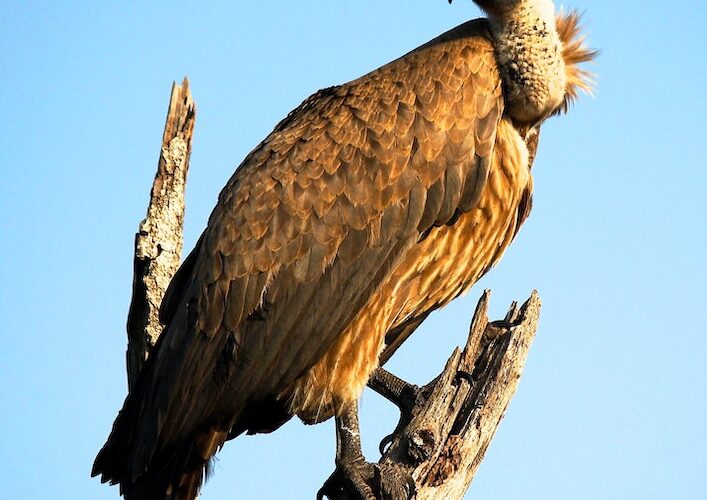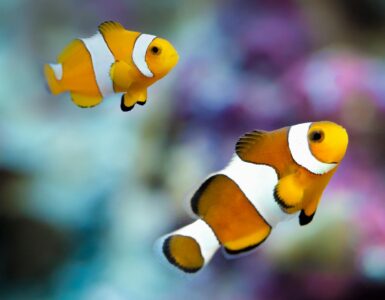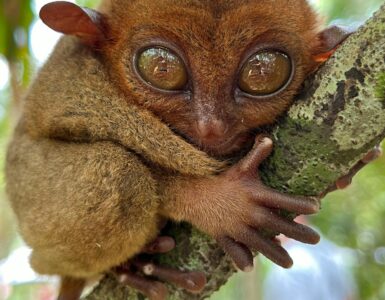Recently I went to Egypt, apart from witnessing the amazing Pyramids of Giza, the Sphinx, and the Nile river, their history, and culture fascinated me the most.
The land is filled with stories of Pharaohs, the rulers of this ancient civilization. Out of many stories, one that caught my attention was about Vultures.
In ancient Egypt, vultures were highly revered as they were associated with the goddess Nekhbet, who was depicted wearing a vulture headdress and was considered the protector of the ancient Egyptian Pharaohs.
We all know, the people in ancient Egypt believed in the afterlife, and vultures association with death and decay could have led them to be viewed as symbols of resurrection and rebirth.
Images of Vultures can be seen in ancient Egyptian burial sites, indicating their importance in funerary rites and beliefs about the afterlife.
It is not just 5000 years ago in Egypt, but Vulture has a prominent place in ancient Indian scripture as well. In Ramayan, vulture Jatayu is mentioned for his sacrificial role to save Goddess Sita (wife of Lord Rama) from Ravana, the demon king of Lanka.
To commemorate Jatayu’s bravery, honesty, and sacrifice, in the Indian state of Kerala, the world’s largest bird sculpture has been erected in 2018 to give visitors a chance to know its significance.
So having laid out this ground, I am sure, you will know where I am headed.
Vultures may not be the most charming and cute creatures on the planet Earth. Even seeing them feeding on smelly and decaying dead animals is highly unpleasant. However, the significance of vultures and their unique role as nature’s recyclers is extremely critical for our existence, yet we know so little about them.
Importance of Vultures
Let us increase our understanding of Vultures
Vultures are a group of birds with more than 20 species that are found on every continent except for Australia and Antarctica.
Many species of Vultures have sharp eyesight and an incredible sense of smell, which allows them to detect the scent of decaying flesh from over a mile away. This is especially important because it helps vultures find food in areas where it may be scarce, and it allows them to quickly locate and consume carrion before other animals do.
Vultures are often seen circling high in the sky, using thermals to gain altitude and cover vast distances in search of food. When they do locate carrion, they will often gather in large groups, called a “wake” or “committee,” to feed on the carcass. These groups can include hundreds of birds, and they are often a spectacular sight to see.
One of the most interesting adaptations of vultures is their bald head and neck, which may seem strange, but it actually serves an important purpose. Eating meat from a dead animal can be messy, and the bald head and neck help keep the bird clean and free from bacteria.
Another interesting attribute that helps them stand out is their ability to digest the kind of food they eat. Vultures have a very acidic stomach that allows them to digest and kill bacteria that would be harmful to other animals.
These abilities and adaptations have made Vultures nature’s clean-up crew, if these animals don’t do what they do, the existence of other species will be under threat. The bacteria and pathogens from dead animal carcasses can quickly pollute the local environment, risking the lives of other animals and local human habitations.
Threats facing Vultures
Unfortunately, many species of vultures are threatened or endangered due to habitat loss and poisoning. The use of pesticides in the environment and injecting medicines into animals (like cattle) are having deadly effects on vultures and their populations.
A case in point is when animals like cows are treated with diclofenac and post the animal’s death, Vultures feed on the carcass. The drug is extremely toxic to vultures as it impacts their kidneys and they die of visceral gout.
Between 1992 and the early 21st century in India and South Asia, three vulture species saw a massive decline in population, due to ingesting diclofenac by feeding on dead cattle. Even though the governments have subsequently banned the veterinary use of the poisonous drugs, their illegal use is still being reported, which continues to threaten Vulture species.
In some European countries and Balkan Peninsula, the use of poison baits has caused the death of different vulture species. More than 450 birds were found dead in the Balkan Peninsula between 2000 and 2020.
In Africa vultures are found dead because of poisoning, electrocution by power lines and even killed for witchcraft. The vultures are being deliberately poisoned by poachers to help them avoid tracking while they kill other animals.
Wrapping Up
It is such a pity that an animal that the world’s two oldest civilizations revered and commemorated is facing threats for survival.
While beauty lies in the eyes of the beholder, the attractiveness of Vultures is a lot on what they do for our existence.
You might also like to read about Wally. Read here.







Add comment